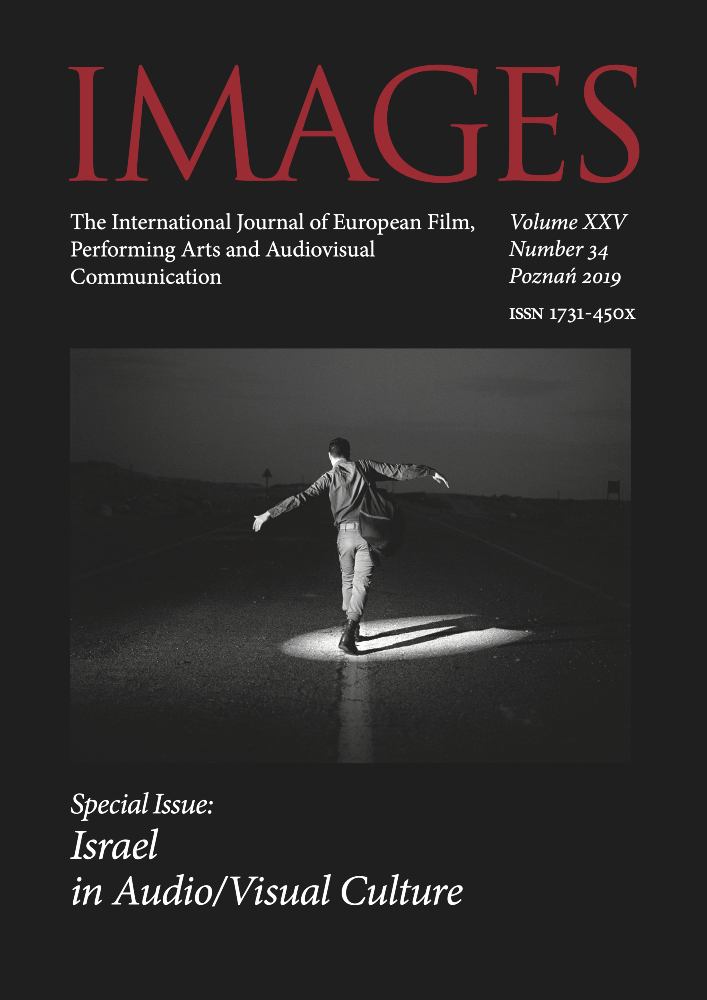Abstrakt
Abstract. Bettel Carrie, The success of Adi Nes’s fictional photographic portraits: figures of alterity and the utilization of memories in visual self-portraiture. “Images” vol. XXV, no. 34. Poznań 2019. Adam Mickiewicz University Press. Pp. 45–55. ISSN 1731-450X. DOI 10.14746/i.2019.34.03.
This paper demonstrates the way an autobiographer shapes his/her identity in the creation of his/her narrative. The autobiographer’s struggle in his/her understanding of the self is sometimes evident in the work. This project focuses specifically on the work of Adi Nes, an Israeli photographer. His photographs demonstrate the ways in which he feels like an outsider in Israel, as both a member of the Sephardic community and a homosexual. His photographs are staged, and he uses figures of alterity by projecting himself into his images with the use of models, which may lead the viewer to question the referentiality, or truthfulness, of each image. While demonstrating his identity through personal experience and memories, his images are created in the context of a stratified society, demonstrating the power dynamics of the military and the different groups that reside within Israel. The paper draws on images from three series – “Boys” (2000), “Soldiers” (1994–2000) and “Prisoners” (2000).
Bibliografia
Adams T.D., Life writing and light writing: autobiography and photography, “Modern Fiction Studies” 1994, 40 3 (Fall), pp. 459–492
Arrazola L.-E., Israeli Photographer Adi Nes Mixes Style, Sexuality and Soldiers, “National Post” 2012 (May), <http://news.nationalpost.com/arts/israeli-photographer-adi-nes-mixes-style-sexuality-soldiers> [accessed: June 20, 2018]
Estrin J., Furst D., Underpinnings of Greek tragedy in Israel, “New York Times” 2012 (July), <http://lens.blogs.nytimes.com/2012/07/17/underpinnings-of-greek--tragedy-in-israel/?_r=0> [accessed: June 20, 2018]
Goren N., Turning Fiction into Routine. Adi Nes Photographs. Tel Aviv 2004, pp. 5–10
Harten D.L., Less the Horror than the Grace. Adi Nes, Tel Aviv 2007, pp. 146–125
Lejeune Ph., Autobiography in the Third Person, Chapter 2 [in:] On Autobiography, trans. K. Leary, Minneapolis 1989, pp. 31–54
Nordau M., Jewry of Muscle (Muskeljudentum). Juedische Turnzeitung, trans. J. Hessing, [in:] The Jew in the Modern World: A Documentary History, 2nd ed., eds P. Mendes-Flohr, J. Reinharz, Oxford 1995, pp. 434–435
Olney J., Some Versions of Memory/Some Versions of Bios: The Ontology of Autobiography, [in:] Autobiography: Essays Theoretical and Critical, ed. J. Olney, Princeton 1980, pp. 236–267
Omer M., Forward. Adi Nes Photographs. Tel Aviv 2004
Licencja

Utwór dostępny jest na licencji Creative Commons Uznanie autorstwa – Użycie niekomercyjne – Bez utworów zależnych 4.0 Międzynarodowe.
